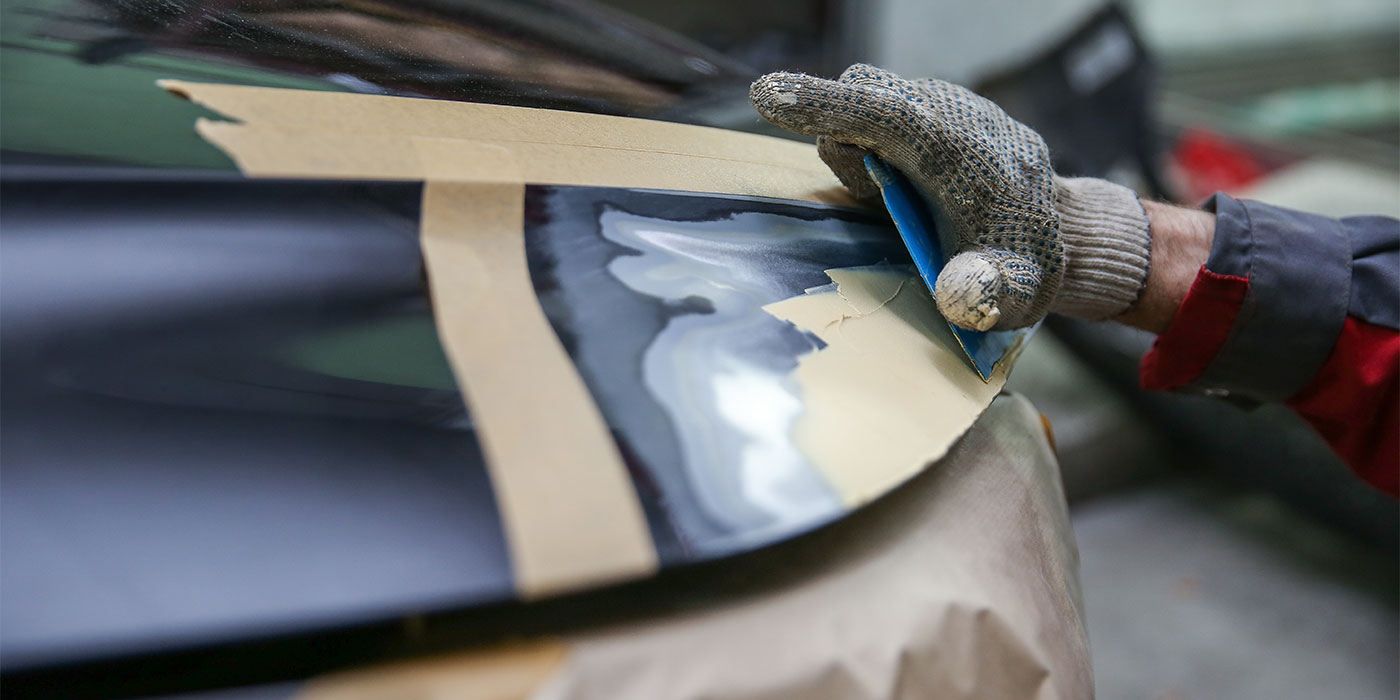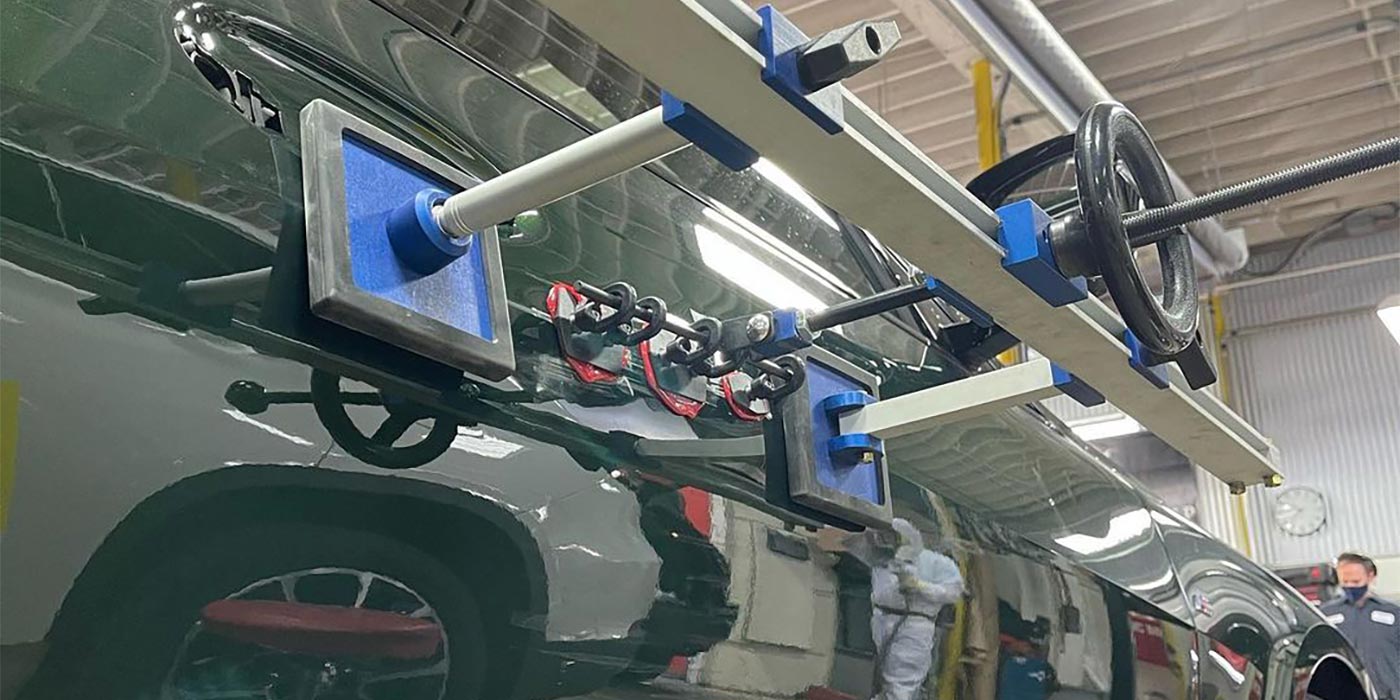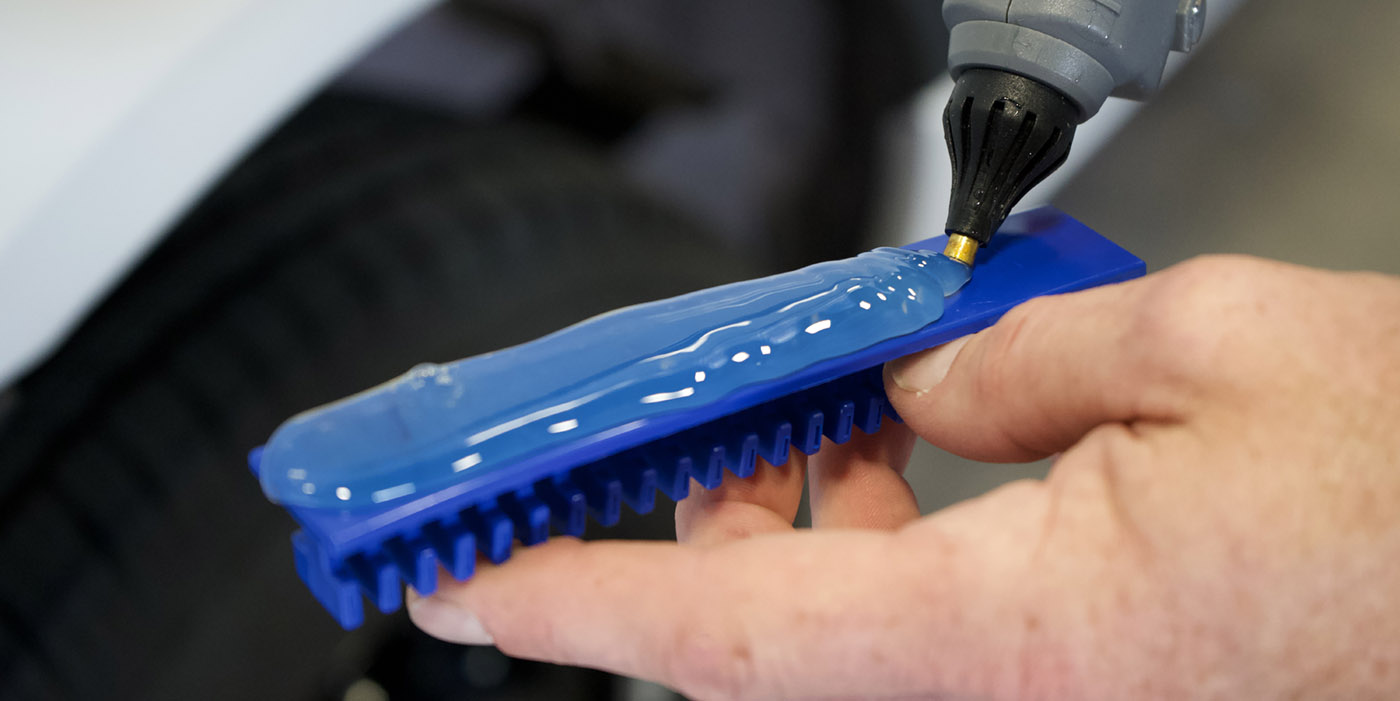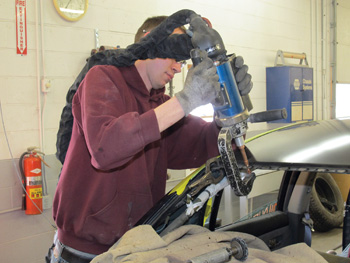 In the collision repair industry, there are many tools out there that make our lives more simple, easy and productive. This is surely the case with the DC resistance inverter spot welder, also known as a Squeeze Type Resistance Spot Welder (STRSW).
In the collision repair industry, there are many tools out there that make our lives more simple, easy and productive. This is surely the case with the DC resistance inverter spot welder, also known as a Squeeze Type Resistance Spot Welder (STRSW).
But forget about making our lives easier – this welder is becoming a must-have considering all of the advanced metals being introduced in vehicles today. Why? Because it produces a highly concentrated, precisely controlled current, which is best suited for welding base metals such as aluminum and many different steel alloys used on today’s modern vehicles.
By producing heat more efficiently, it decreases weld times as much as one-third and reduces the Heat Affect Zone (HAZ), or the portion of the base metal that has not been melted but has had its mechanical properties altered. This is critical as too much heat can weaken or destroy the structural integrity of these advanced metals – and that can lead to someone dying after they drive off in their compromised vehicle and get in an another accident.
Some technical experts are going as far as saying that in five years, any shop that doesn’t have this welder will be out of business.
The above information from GM specifies the various types of metals that can benefit from the resistance spot welding process. GM and practically all the other automakers are pushing for the use of inverter resistance spot welder technology for proper, recommended sheet metal repairs.
Old and New
Many STRSW welders use alternating current (AC). In alternating current, the flow of electricity periodically reverses direction 60 times a second (also known as 60 hertz). A transformer-based power source supplies an AC secondary current to the welding tips. This type of welder is still available and serves a purpose in the collision repair industry.
New technology in the welding field has led to inverter power sources that utilize high frequency AC voltage to supply a secondary direct current (DC). In DC, the flow of electricity goes in only one direction.
Besides reducing the HAZ, another advantage the inverter welder has over a traditional welder is that it’s compact in size and consumes less power than standard AC welders.
Three Phase vs. Single Phase
Some welding machine manufacturers produce single-phase inverter spot welding units; however, most operate on a three-phase power source, which is cheaper to use in the long run.
A single-phase power supply is standard in just about everyone’s home or small business today. It consists of a 220- to 240-volt power line and delivers enough energy to operate larger electrical items such as a whole house air conditioner or electric range. When the 220- to 240-volt line reaches the circuit breaker (fuse) box, it gets split into two legs. Each side of this leg is 110 to 120 volts and is used for the rest of the lower draw items, such as lights, receptacles, etc. Some smaller body shops may also fit into this category. Many MIG welders, plasma cutters and both AC single-sided panel welders as well as AC resistance spot welders are of the 220 to 240 single-phase type.
Three-phase power provides three alternating currents, which are three separate electric services that are uniformly separated in phase angle. That is, the points in time at which each leg of alternating current reaches a maximum voltage are separated by one-third of the time in a full cycle. This means that the total amount of power supplied by all three alternating currents remains constant. The three phases share a common neutral leg in most installations.
To consumers of electricity, consistent power delivery is the major benefit. The design of three-phase motors, with one set of windings for each phase, is highly efficient and allows them to draw significantly less current than the equivalent single-phase motor.
For power transmission, single-phase power needs two units to function, while three phase requires a single unit. Therefore, three-phase power can transmit alternating currents by using three copper wires in a single wire unit as compared to single-phase power, which requires six wires for transmission of an equivalent amount of power. This reduces the number of copper wires needed and thus reduces cost.
Below is a formula based on both a single- and three-phase 5-hp motor:
Single Phase
1 hp = 756 watts
5 hp = 3,730 watts
3,730 watts at 230 volts = 17 amps
Three Phase
3,730 watts = 3730(watts) / (207(v) x 1.73) or 3730 / 358.11 = 10.4 amps
A three-phase power supply would use 40 percent less amperage.
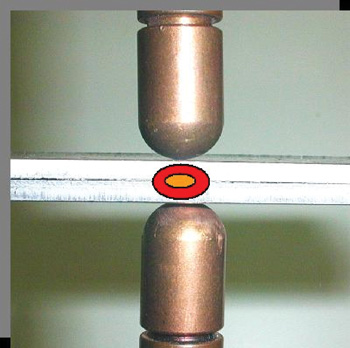 Getting Three-Phase Power
Getting Three-Phase Power
In order to get a three-phase power supply from your electricity provider, there must be a three-phase power source outside your shop. You can check with your local power company to find out how to go about this. If the power company has to run three-phase a long distance to your shop, it can be costly. If there’s an existing three-phase setup because other businesses in the area also use it, the cost to hook up will be cheaper.
Another factor to consider is, does your other shop equipment, such as the air compressor or other welding machines, utilize a three-phase power supply? If so, it would make even better sense to go with three phase.
If your inverter resistance welder is the only three-phase piece of equipment you have, there is another alternative: you can purchase a “static phase converter” unit from around $350 to $500, depending on the welder’s input/output amperage rating. These converters take single phase and convert it to three phase.
Cost
Inverter spot welders can run from $1,200 to $22,000 depending on what you’re looking for. They range from a no-frills economical unit to a much larger welder with all the bells and whistles. Some are even multi-function machines that can do several different tasks such as MIG, TIG, pulling dents and shrinking metal. Most of the inverter resistance welders come with several different types of welding tongs for different applications. Some even come with an overhead option, allowing the welder attachments to be suspended from a huge rack that drapes across several work bays. This type of system frees up a lot of floor space and keeps the equipment out of the way. With this system, the welding units can slide from bay to bay, making them more versatile.
When choosing a welder, you have to consider the amount of money budgeted for welding equipment, as well as analyze your shop needs.
Conclusion
The case for purchasing an inverter resistance welder has been made. It’s important to remember that when you purchase three-phase, high voltage equipment like this, you should have it installed and wired by a qualified, registered electrician. Never work with high voltage electric wires yourself.
A note from Mitch Becker, technical instructor, ABRA Auto Body & Glass:
I have long said that information is key to doing repairs right, but I recently discovered that there’s more to it than that, namely skills. For example, take a technician who’s a fantastic welder. If he doesn’t know what steels he’s working on or the procedures required, he’s not aware of the damage he could cause by the same welding he does every day. His welds may look good, but appearances are deceiving.
The same great welder brings a wire feed welder to the vehicle he’s repairing. He has spent a great deal of time and effort to make sure all panels, weld joints, etc., fit correctly. He has prepped the vehicle meticulously. He then turns on the MIG welder and completes his first plug weld or starts his continuous weld on the joint. The weld doesn’t sound right or look right. He stops and adjusts the machine and starts welding again or does another plug weld. It’s still not right, so another adjustment is made. Now it sounds and looks better.
Sound familiar? The machine was not set right and welds were being made. We don’t know if the welder is making welds of the proper strength because there was no destructive test done prior to welding on the vehicle. Where in the manufacturers’ instructions or even welder manufacturers’ instructions do they list how many practice welds are allowed on the vehicle being repaired?
Training also reminds us of the basics – the things we forget or take for granted. You can do something every day and still forget a basic principle. Managers should ask their technicians, “How many of you set up the welder or do practice welds off the vehicle?”
This is not to say there aren’t any good welders who know their stuff and can follow through every time. The majority of the industry falls into this category. But can everyone’s welds pass the I-CAR welding qualifications on the first try? How about the second or even third weld? After a refresher on setting up the welder to the proper gauge of steel and guidance and some practice, most technicians will pass. Many technicians admit they learn a lot by taking that test, saying, “It makes me think about my welds more.” I have to admit, you appreciate honesty like that.
If your technicians can pass the test on the first try, then congratulations. You’ve proven why customers should be bringing vehicles to your shop. If they pass the test after a refresher and some practice, then congratulations on reinforcing the importance of quality welds and investing in the time and effort to improve not just your shop but the entire industry’s quality of workmanship. Don’t just look at your shop but the industry as a whole. We want to maintain and always improve our people because they’re worth it. With the evolution of the automobile and steels being used today, this investment in training is also a necessity.
What about a new employee? When do we learn how they weld? Do they know how to set up a welder? Thirty days down the road is way too long to find out that a shop has an issue. If they’ve passed the I-CAR WCS03 test, at least you know they have the skills needed. This doesn’t guarantee perfect welds or a perfect tech, but it’s a start. Your shop’s reputation is based on the quality you produce.
What if your taxman decided he could not afford the training or just decided he didn’t need any? Maybe he sends his employees to classes but not himself. He now has to blindly trust that his people know what they’re doing. Would you be confident in him? If he surrounds himself with the best people, then the issue is minor.
What happens when people leave and go to other companies? How do you know who to hire? How do you know you made a good hire?
The same applies for our industry. The large majority of our technicians are awesome at their jobs. To keep them awesome requires training – not just on how to do their job but why a procedure must be followed. A technician who understands why we must follow a procedure will, and can, make a decision in his, the shop’s and the customer’s best interest. That’s what an awesome technician does.
There is still another piece of the puzzle: the proper tools. A taxman needs a computer or calculator to do the job correctly. But the calculator can’t just add and subtract; we need percentages and other functions to get the numbers right. He needs a computer to be proficient.
I realize tools are expensive. It’s tough for a shop to stay up-to-date. A shop that doesn’t have an STRSW machine is losing time and money, but to buy one takes money. It’s a vicious cycle, and now the cycle changes even more. What if there are vehicles that can’t be MIG welded because the steels are so strong but extremely thin? What if metal is so heat sensitive that MIG with steel wire may not be an option?
When the vehicle is repaired, a specific type of weld may be required. It could be an STRSW weld, or maybe silicon bronze or MIG brazing is required. What if your shop isn’t equipped to do the repair? In some cases, not only do technicians need to be trained and/or refreshed, but managers and owners need to consider what needs to be done and what’s needed in the future. Keeping up can cost a shop a lot of money in training and equipment, and getting ahead may be even more time consuming. Taking even the smallest things for granted and/or falling behind is the worst position to be in.
John D. Lyman, Sr. has been the collision repair instructor at the Forbes Road Career & Technology Center in Monroeville, Pa., since 1991. He has worked in the collision repair industry since 1974, is ASE- and PPG-certified and holds a master’s degree in education. He can be reached at [email protected].






